David Levine
Posts: 79832
Joined: 7/14/2007
From: Las Vegas
Status: offline

|
Lewis hit .297 with 32 homers and a .950 OPS in 110 career games through Aug. 12 of last season. He has hit .175 with two homers and a .470 OPS in 61 games since then.
---------------
In mid-August, the Twins had a 70-53 record, with postseason odds well above 90 percent, and Lewis was doing his usual thing, batting .275 with 15 homers and a .970 OPS in 45 games between injured list stints. They looked like a playoff team and he looked like an oft-injured 25-year-old star.
But the Twins went 12-27 down the stretch, and Lewis hit .182 with one homer and a .474 OPS despite being healthy enough to play 37 of those final 39 games. For the first time in his career, there were questions about Lewis’ on-field production rather than strictly his ability to stay on the field.
Lewis began to answer those questions during spring training by reporting to camp healthy and hitting .346 in 12 games, only to suffer a moderate left hamstring strain about two weeks before Opening Day. He missed the rest of spring training and the first 35 games of the season, returning on May 6.
And unfortunately for the Twins, Lewis has picked up where he left off in the second half of last season, batting .138 with one homer and a .415 OPS in 19 games. He’s currently in a 0-for-24 slump, and that’s come three weeks after ending an 0-for-36 slump that stretched back to last September.
“I’m at a point where the hope is gone,” Lewis told reporters Wednesday in Florida after multiple hard-hit outs against the Tampa Bay Rays. “I just do my job as best as I can. If I keep hitting the ball hard, they say it’s going to find a hole, but I haven’t seen it yet.”
Because of Lewis’ many injuries — including back-to-back season-ending torn right ACLs in 2021 and 2022, and IL stints for his quadriceps, adductor, oblique and both hamstrings since then — Wednesday was the 171st game of his big-league career spread across parts of four seasons with the Twins.
Lewis was so great in his first 110 games and created such a reputation for coming back from injury adversity to make an immediate impact at the plate that his returning to that star form probably seems inevitable to anyone in the Twins’ clubhouse. They’ve seen what he can do.
But in the meantime, Lewis has been one of the worst hitters in baseball for 61 games spanning two seasons, and it’s difficult to make a compelling case that he’s trending in the right direction. If anything, a deeper look at Lewis’ underlying metrics and batted-ball data reveals cause for further concern.
When a previously productive hitter goes through an extended slump, it can often be traced to an increase in strikeouts, but that’s not the case for Lewis. In fact, his strikeout rate has been remarkably stable — 21.4 percent in his first 110 games versus 21.2 percent in his past 61 games.
Lewis has made the same amount of contact, but the quality of that contact has deteriorated, leading to his batting average on balls in play plummeting from .315 to .218. Similarly, his isolated power — slugging percentage minus batting average — has nosedived from a stout .292 to a punchless .070.
Lewis stopped hitting the ball as hard, basically.
His average exit velocity has declined by almost 3 mph, from 89.6 to 86.9, and his hard-hit rate has fallen from 42 percent to 33 percent. Lewis has also sapped his power by pulling fewer balls in play (39 percent versus 47 percent) and hitting more on the ground (38 percent versus 34 percent).
And though his strikeouts haven’t risen, he’s been swinging at worse pitches, which naturally leads to worse contact. Lewis’ swing rate on pitches in the strike zone has remained stable, hovering around 70 percent, but his swing rate on out-of-zone pitches has jumped from 28 percent to 34 percent.
Lewis has simply become a far less dangerous hitter, which isn’t supposed to happen to a 25-year-old with great production through 110 career games. He’s swinging at worse pitches and making worse contact, both in terms of how hard he’s hitting the ball and where he’s hitting the ball.
Opposing pitchers have predictably taken notice and are attacking Lewis like a less dangerous hitter, throwing him more pitches in the strike zone (52.1 percent versus 49.9 percent) and more fastballs (55.4 percent versus 51.6 percent). They’re no longer as scared of him, so they go right after him.
https://www.nytimes.com/athletic/6384780/2025/05/29/royce-lewis-slump-twins/
|
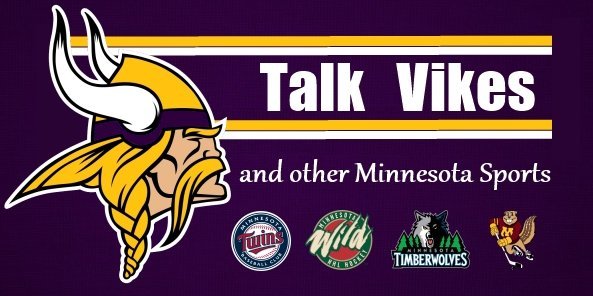
 Printable Version
Printable Version
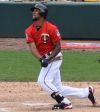





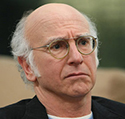

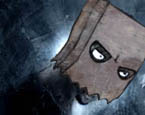





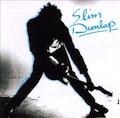

 New Messages
New Messages No New Messages
No New Messages Hot Topic w/ New Messages
Hot Topic w/ New Messages Hot Topic w/o New Messages
Hot Topic w/o New Messages Locked w/ New Messages
Locked w/ New Messages Locked w/o New Messages
Locked w/o New Messages Post New Thread
Post New Thread